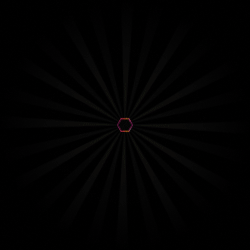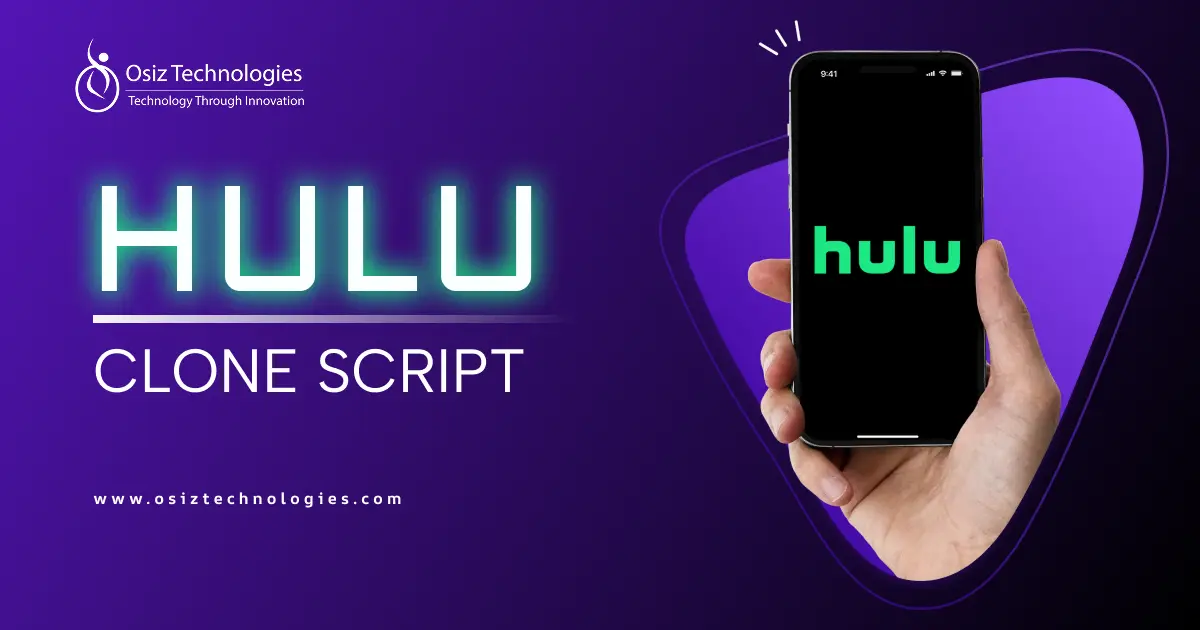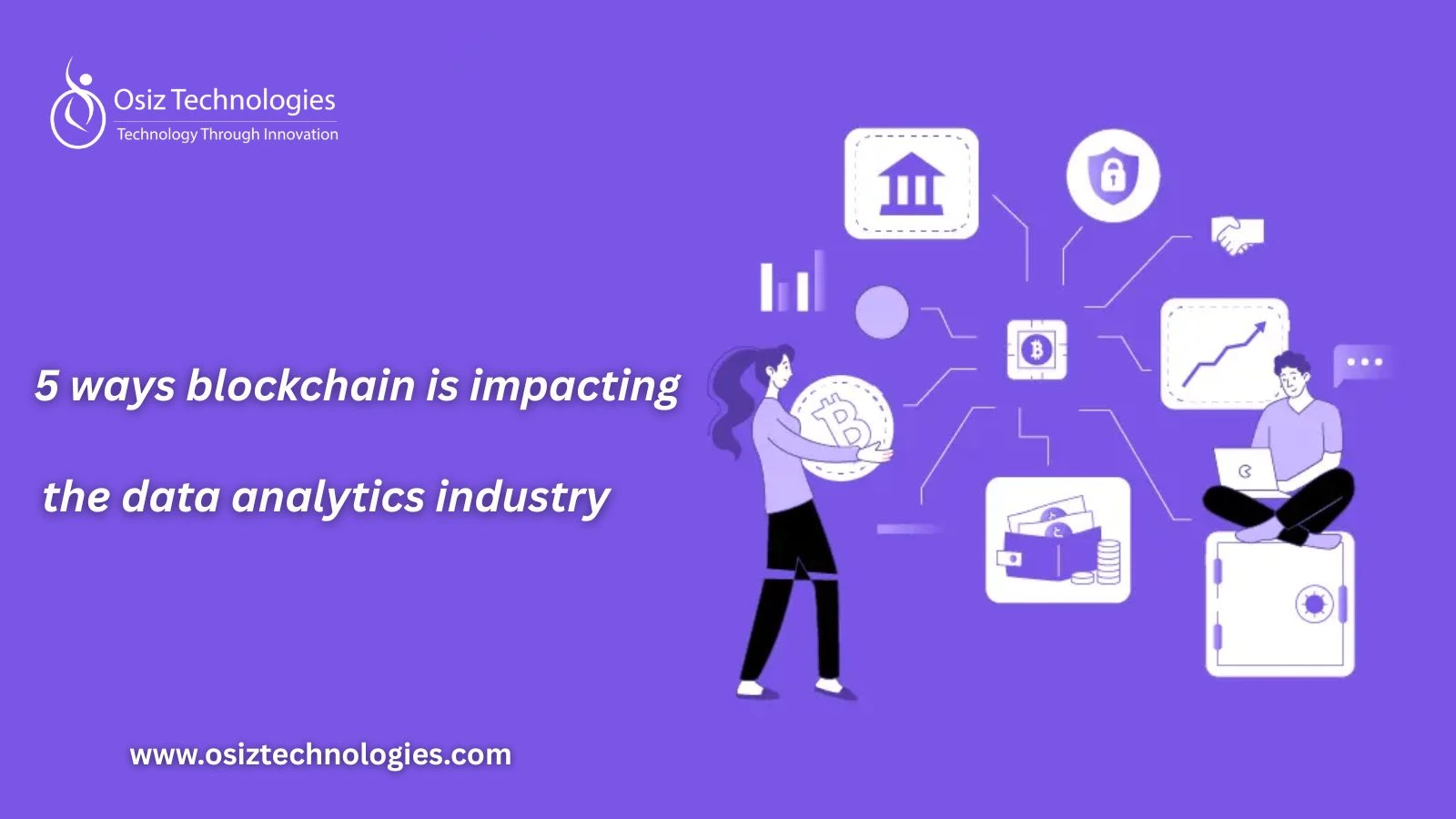How to Develop an AI-Powered Art Generator App like Imagine?
Businesses are using the features of generative AI for purposes varying from one business to another. McKinsey believes that incorporating generative AI elements into processes might boost the global economy by up to $4.4 trillion per year. A good example is the AI art generator app Imagine; people can generate realistic and high-quality images. It has especially proven useful to retail and e-commerce companies; AI-generated image technology has already been known to provide various customized product visuals for improvement in customer engagement and marketing approaches.
If your business wants to venture into this space of innovation, understanding the cost, features, and development process of an AI art generator app like Imagine is critical. This blog explores those details to help you make an informed decision about building your app.
How AI Art Generator Works?
AI-powered art generator application enables users to produce aesthetically pleasing images using simple text prompts or rough sketches. It leverages cutting-edge techniques such as Natural Language Processing (NLP) and Generative Adversarial Networks (GANs) to interpret user input and generate accurate, high-quality results.
The foundation of such applications lies in pre-trained datasets incorporated during development. These datasets help the application identify patterns and relationships within the data using deep learning techniques, enabling it to generate unique artwork for user prompts. Imagine’s intuitive and versatile functionality has amassed a community of over 30 million users, making it a leading AI art generator.
Key Features of Imagine-Like AI Art Generator Apps
To develop an app like Imagine, understanding its core features is essential.
User-End Features
-
Text-to-Image Conversion: Users can describe their vision in words, and the app generates corresponding visual artwork.
-
Video Creation: The app transforms user-provided scripts into high-quality 4K videos, eliminating the need for extensive filming.
-
Intelligent Brush: Users can create rough sketches, which the app refines into detailed, high-quality visuals.
-
Upscaler: This tool enhances ordinary images, converting them into high-definition visuals.
-
Art Style Selection: Users can experiment with different art styles to create unique pieces.
-
Social Media Integration: Enables users to share their creations directly on platforms like Instagram, Facebook, and Twitter.
-
Community Engagement: A built-in community allows users to interact, comment on each other’s artwork, and foster collaboration.
-
Offline Access: Allows users to view and manage their creations without an internet connection.
Admin-End Features
-
User Management: Administrators can manage subscriptions, permissions, and access levels.
-
Content Moderation: Ensures that problematic content is flagged and deleted, resulting in a safe user experience.
-
Analytics Dashboard: Provides real-time insights into user engagement, popular artwork patterns, and other critical metrics.
-
Payment and Subscription Management: Facilitates secure transactions and resolves payment-related issues.
-
Security Protocols: Implements robust measures to protect user data and ensure app security.
-
Report Management System: Enables admins to address user-reported issues effectively.
-
Version Control: Allows administrators to manage app updates and upgrades seamlessly.
-
Customer Support Interface: Provides users with prompt assistance, enhancing satisfaction and loyalty.
AI Art Generator App Development Cost
The cost of creating an AI art generation app like Imagine varies greatly based on its complexity, functionality, and other variables. Here’s a general breakdown based on complexity levels:
-
Simple: $30,000–$80,000
-
Moderate: $80,000–$250,000
-
Complex: $250,000–$400,000
Factors Influencing Development Costs
-
Type of AI: AI applications utilizing machine learning models are generally more affordable than those employing deep neural networks.
-
Training Data Requirements: Collecting, cleaning, and managing large datasets for training AI models is a significant expense.
-
Features and Functionalities: Advanced features like video creation, intelligent brushes, and upscaling tools can increase development costs.
-
App Complexity: A simple app with basic features costs less than a complex app with high-end functionalities.
-
UX/UI Design: Creating an intuitive and user-friendly interface requires skilled designers, impacting overall costs.
-
Third-Party Integrations: Incorporating APIs and other integrations for additional functionalities can add to expenses.
-
Development Team Location: Development costs vary by region, with teams in North America typically charging more than those in Asia.
Development Timeline
The time required to develop an AI art generator app depends on its complexity:
-
Simple: 3–6 months
-
Moderate: 6–12 months
-
Complex: 12–18 months
Step-by-Step Process to Build AI Art Generator App like Imagine
-
Define Vision and Concept: Identify the app’s goals and unique features to ensure it stands out in the market.
-
Conduct Market Research: Analyze competitors, identify potential challenges, and discover market opportunities.
-
Specify Application Requirements: Determine the app’s layout, capabilities, and functionalities in collaboration with developers.
-
Implement AI Technology: Choose suitable AI techniques (GANs, VAEs, or transformer-based models) and design the neural network architecture.
-
Design User Interface: Create a simple, intuitive interface for seamless user interaction.
-
Develop, Test, and Launch: Build the app, conduct rigorous testing, and gather feedback for improvements before launch.
Monetizing an AI Art Generator App
To maximize revenue, consider the following monetization strategies:
-
Subscription Plans: Provide tiered subscriptions that give varied levels of access to features.
-
In-App Purchases: Allow users to buy additional features, tools, or styles.
-
Advertising: Integrate unobtrusive ads to generate income without compromising user experience.
-
Partnerships and Licensing: Collaborate with businesses or license the app’s technology to third parties.
Summing Up
Developing an AI art generator app like Imagine involves significant planning, resources, and investment. By understanding the app’s features, cost breakdown, and development process, businesses can make informed decisions and create a competitive product in this growing market. With the right approach, your app can not only generate stunning artwork but also deliver exceptional user experiences, driving engagement and revenue.
If you’re ready to embark on this journey, partnering with Osiz, the leading mobile app development company, is key to turning your vision into reality. Let’s build digital excellence together!
Listen To The Article
Recent Blogs

Black Friday 30%
Offer












